Today, the biggest news comes from Ukraine.
The situation in the Donetsk region reached a stalemate, so the Russian command has set a new target for its forces. Now, the offensive will begin in 2 new directions, putting even more pressure on the Ukrainian defenders.

The Kremlin has set the goal for its forces to capture Donbas by October 15th, but despite the staggering losses in manpower and equipment, they failed to achieve it. This forced them to shift their focus to other directions, to their main objective’s detriment, since their resources would be needed in Donbas as well.

Russians are launching a combined offensive in Zaporizhia and in the Dnipropetrovsk oblast to put pressure from the south on the defenders and to pin them down, while the second offensive pressures their strategic eastern flank. Notably, Ukraine has constructed 3 lines of multi-layered defensive fortification to halt the Russian onslaught in Zaporizhia. However, this line stretches from the west to the east and is only meant to stop the Russian assault coming from the south. Russian command has assessed that, because of the orientation of the defense lines, it would require substantial resources to take them under control with head-on attacks. However, if the fortifications can be outflanked from behind, and on an operational level, it would make the defensive positions in Zaporizhia untenable, forcing the Ukrainians to retreat.

Russia’s main objective in the Zaporizhia sector is to pin the Ukrainian forces in place while the Dnipropetrovsk effort goes around. In their pinning effort, Russian forces are advancing along several corridors. In the first, they are attempting to move along the river along the drained reservoir, which covers their left flank. Further east near Orikhiv, there are attempts to break through Ukrainian defenses with mechanized assaults, which have only resulted in catastrophic manpower, materiel, and morale losses for the Russian VDV.

The Zaporizhia sector was mostly quiet over the past 2 years, which caused the Ukrainian high command to move troops to more vital parts of the frontline, namely to Kursk, Sumy, Pokrovsk, and Kostiantynivka. This left the Ukrainian defenses undermanned, which is the main Russian advantage in this sector. However, various failed assaults have shown that Ukrainian drone coverage is extensive; stretching up to 15 kilometers behind enemy lines, creating a de facto kill zone for any larger vehicle that moves here.

Russia’s strategic objective in the Dnipropetrovsk oblast is to put pressure on the Ukrainian defense lines in Zaporizhia from the northeast. Because of the lack of natural barriers or prepared fortifications, Russia has realized substantial territorial gains in the region over the last three months, despite not fully committing its forces here. It also tells them that Ukrainian lines are weak here, in turn motivating them to deploy more forces and commit further to their offensive actions.
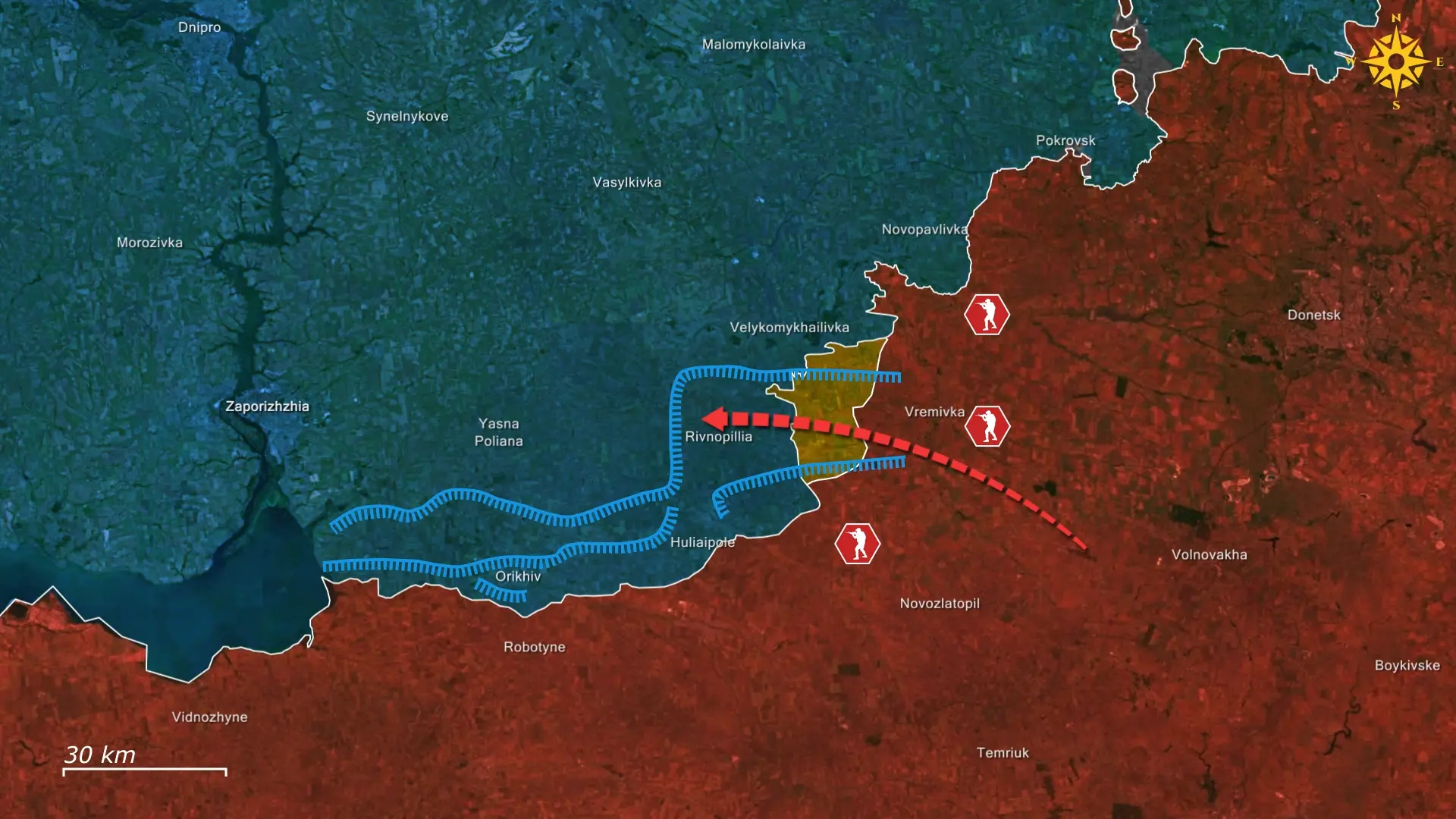
Their short-term goal is to break through the main Ukrainian defenses along the forest and Vovcha river, and take the small town of Pokrovske under control, which serves as a key logistical hub. It is located on the N15 highway, which would allow Russians to secure a supply artery for their planned advance further westward. Their main advantage is that there are no big cities in this sector, only open fields and small villages, which makes it difficult for the defenders to repel attacks effectively. This sector was also not prioritized by the Ukrainian command, as their thinly stretched forces needed to be deployed to more strategic parts of the frontline in the Donetsk oblast. In the southern part of their outflanking effort, Russians are already close to reaching the first Ukrainian stronghold inside the Zaporizhia defense lines of Huliapole; but with the current pace of advance, it would still take two to three months for the Russian effort to reach the eastern flank of the town.

Overall, in the long term, Russia is currently unable to produce tangible results in the Zaporizhia oblast because of the local disadvantages that they are facing. In turn, they will likely maintain pressure and make advancements in the Dnipropetrovsk oblast, which will pose a significant threat if they can break through the Ukrainian defense lines. Statistically, Russian attempts to launch supporting offensives rarely succeeded, often only increasing casualties. When either the main or supporting effort falters, the other, being interdependent, suffers severe losses. If Russia fails to effectively pin Ukrainian forces in Zaporizhia, its Dnipropetrovsk offensive will likely be destroyed.
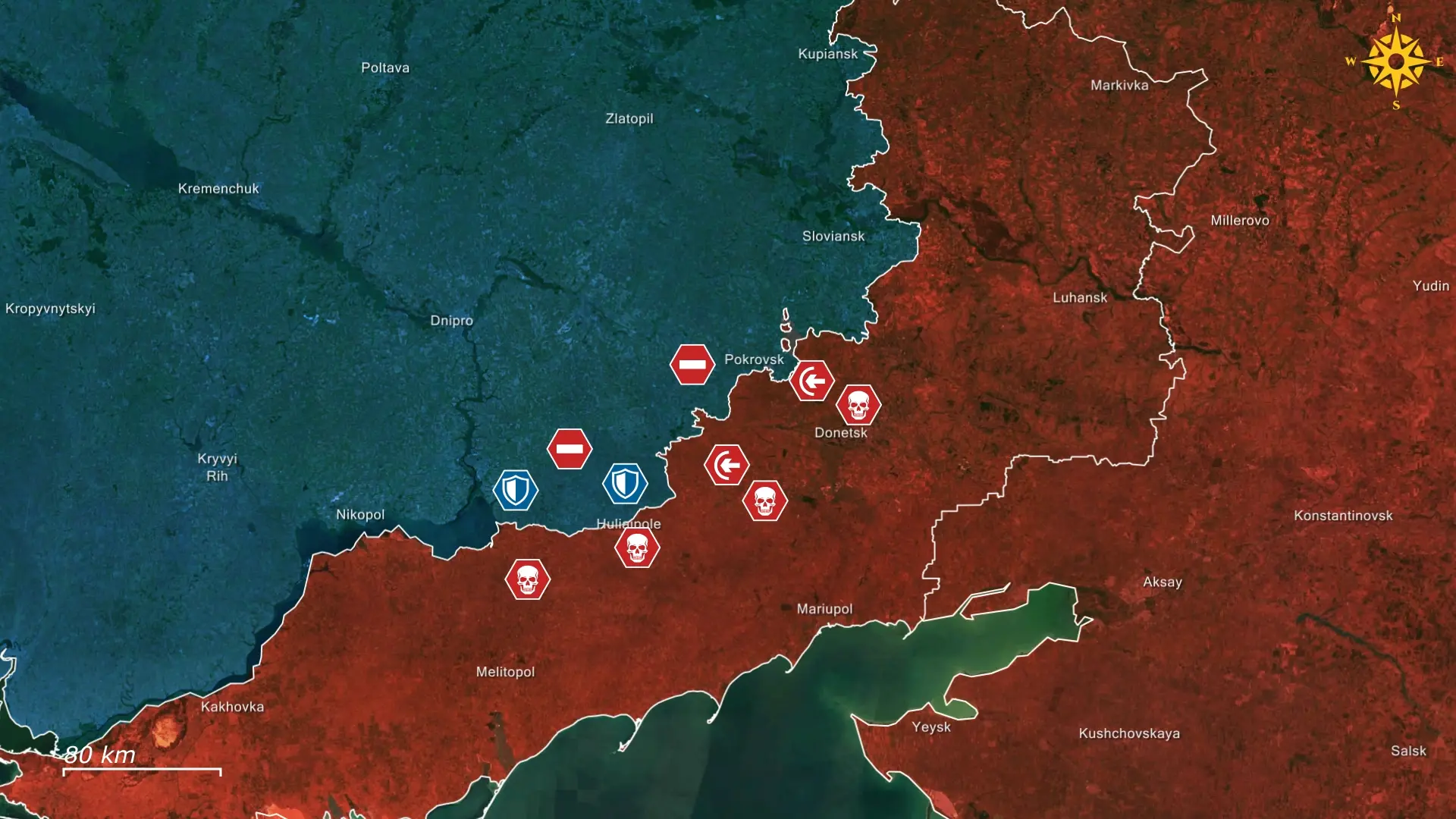









.jpg)


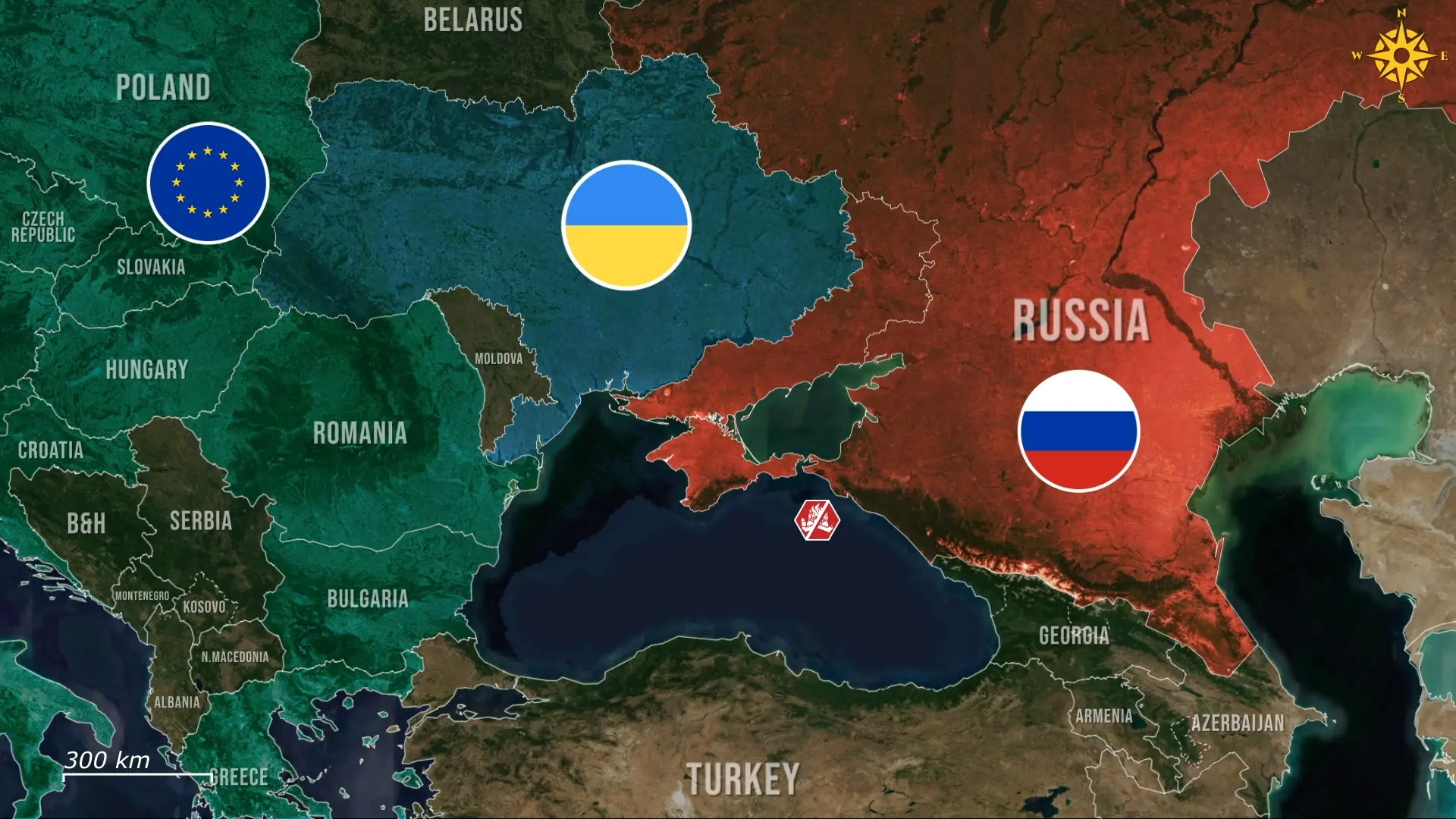
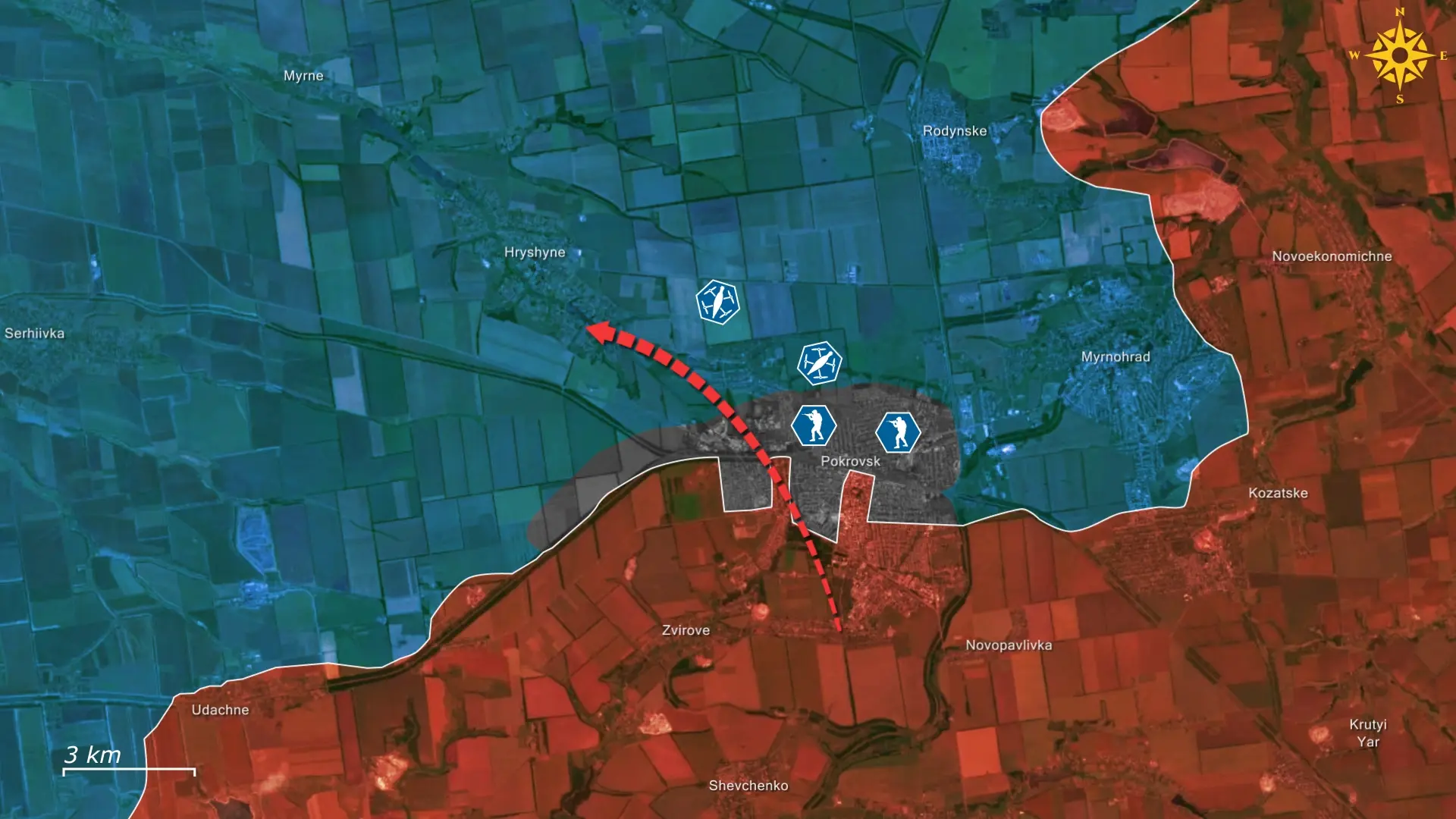
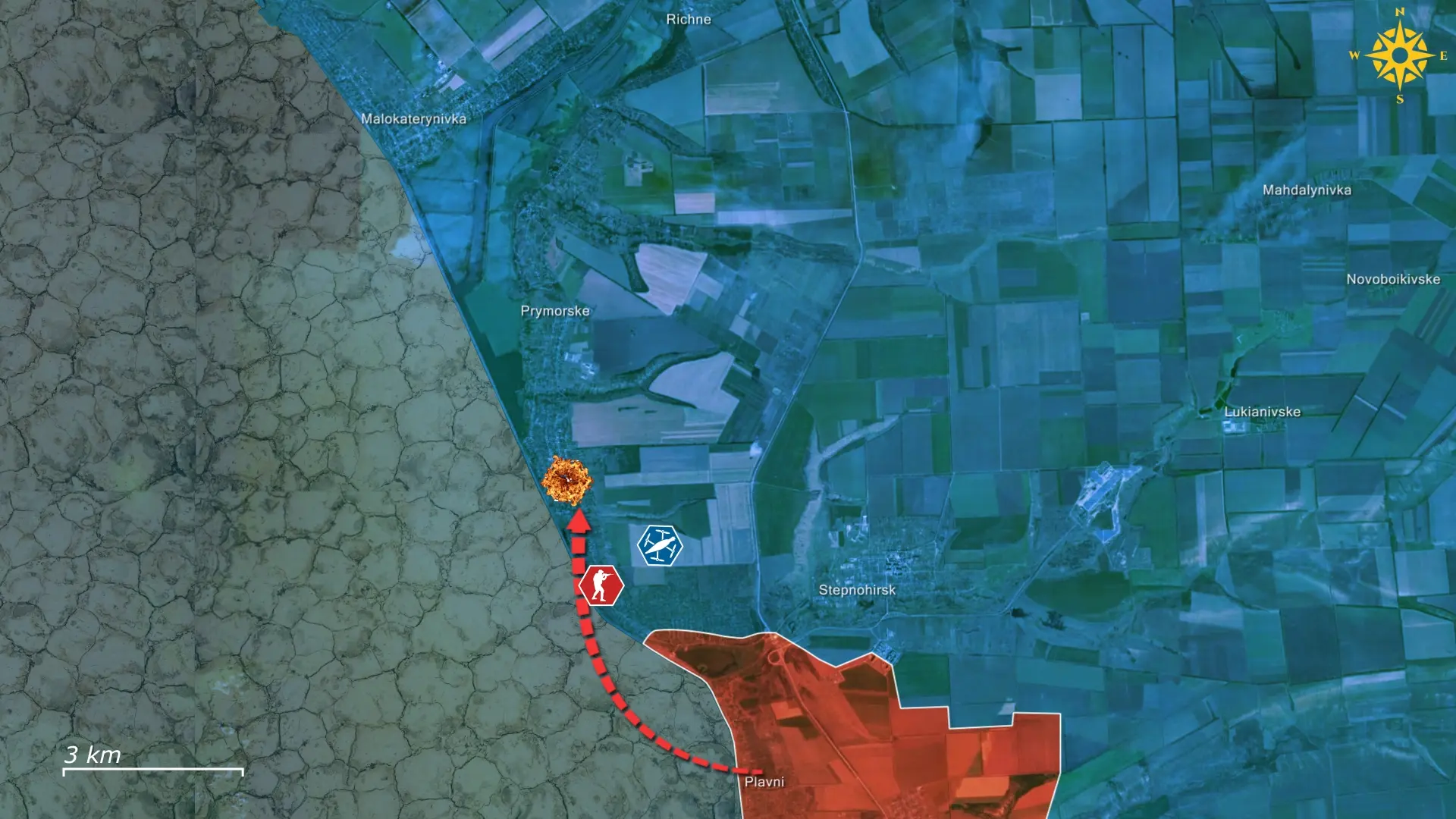
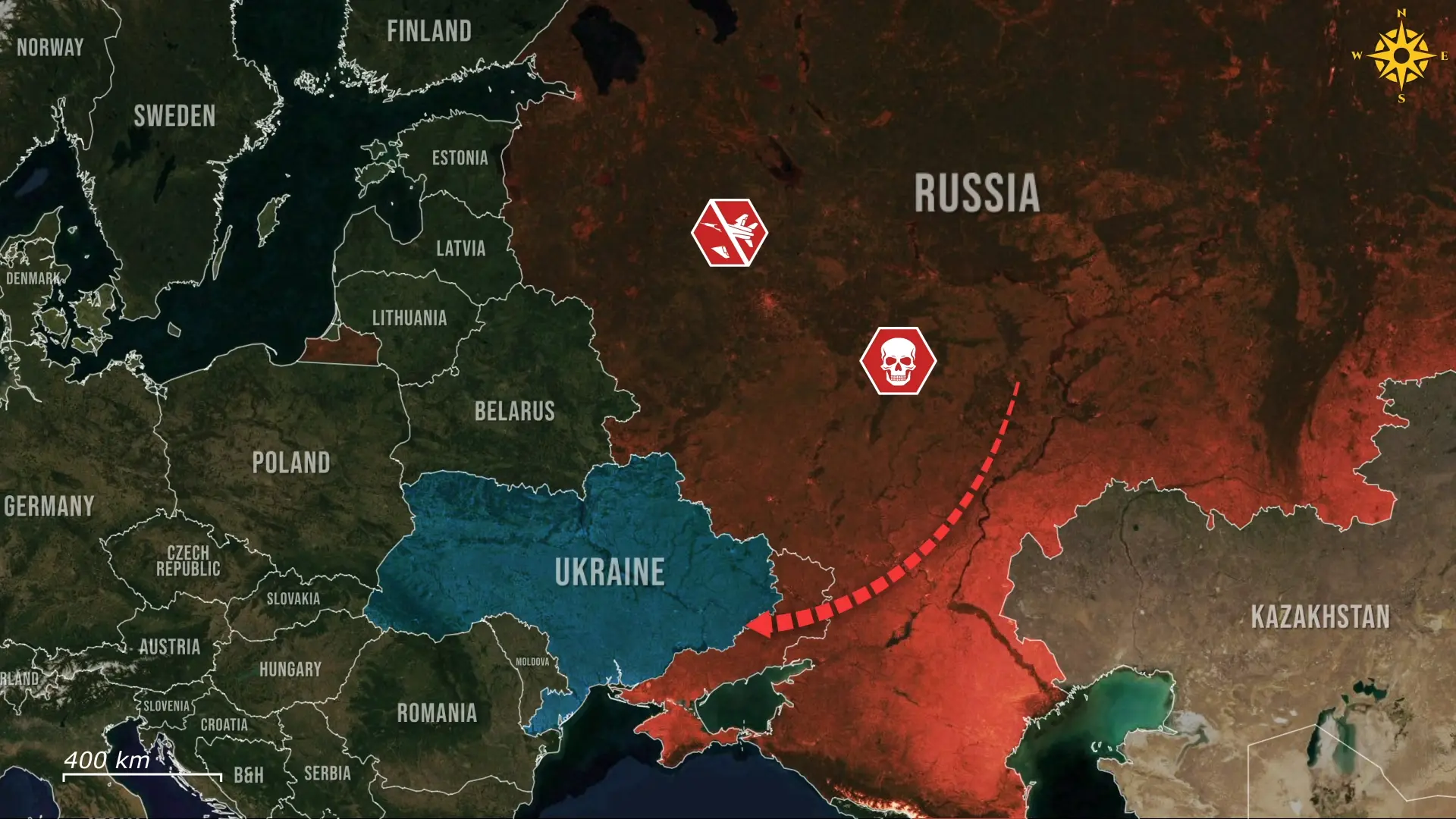
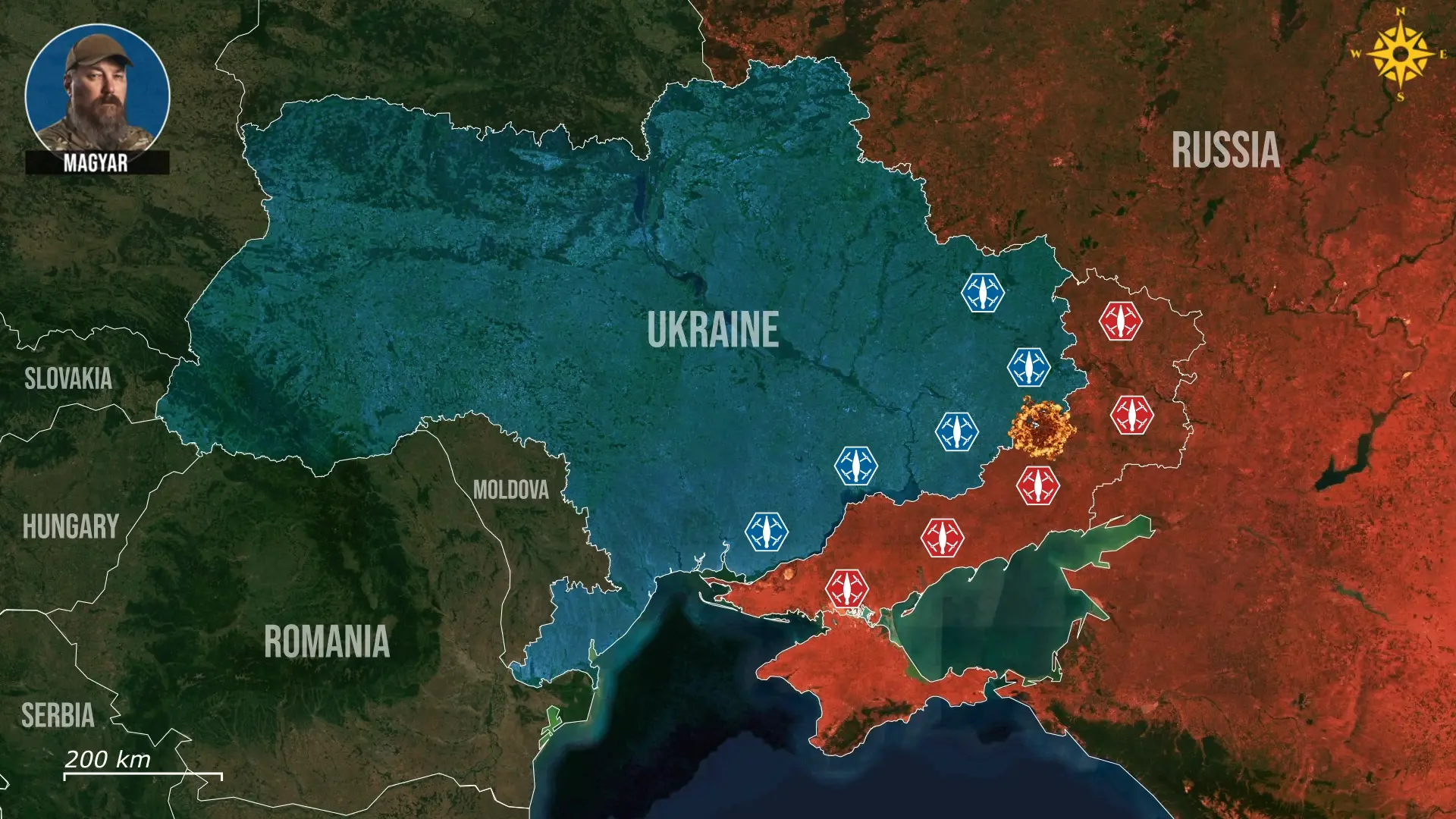

Comments